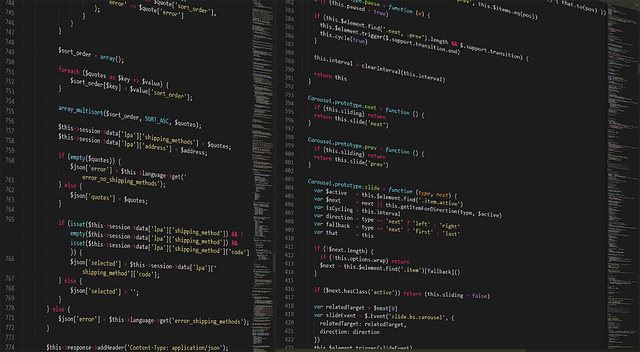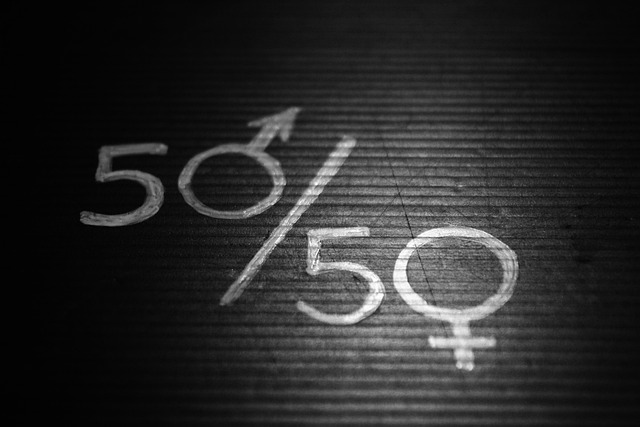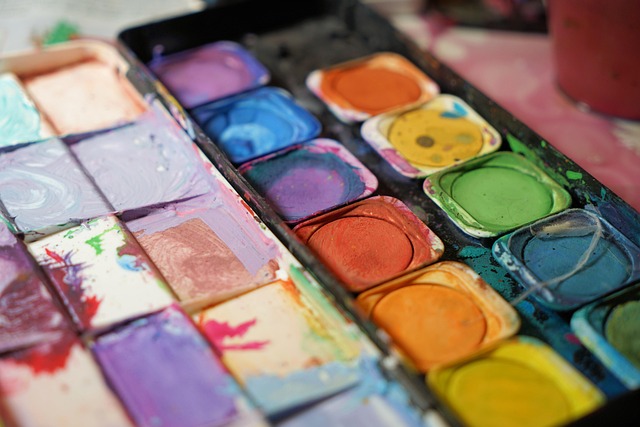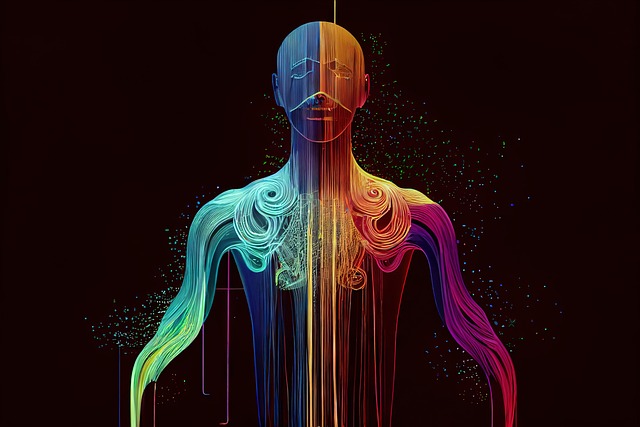Texture development is an essential component that weaves together the realms of art and design, transcending mere aesthetics to evoke emotions and sensations. As artists and designers, we often embark on a journey, exploring different materials and techniques to create depth and dimension in our work, harnessing the power of texture to elevate our creations.
Art has a profound way of reflecting our interpretations of the world around us. Every brushstroke, every material choice contributes to the overall tactile experience of a piece. Imagine touching a canvas adorned with thick, impasto layers of oil paint; the texture not only captivates the eye but invites the viewer to engage physically. In this way, texture development becomes an integral aspect of storytelling within art. It adds a layer of meaning, transforming a simple visual into an immersive experience.
Similarly, in the realm of design, be it graphic, interior, or product design, texture plays a critical role in functionality and user experience. Combining different textures in a design can evoke specific feelings or convey certain messages. For instance, a sleek, glossy finish might communicate modernity and sophistication, while a rough, matte texture could evoke warmth and authenticity. Designers often leverage this in branding and product development, using texture as a silent yet powerful communicator of brand identity.
The exploration of texture development challenges creators to push boundaries, engage all senses, and consider the emotional and psychological impact of their choices. As artists, we can draw inspiration from various sources: nature’s intricate forms, urban landscapes, or even everyday objects, encouraging a hands-on approach to creating textures. Techniques such as layering, scratching, and embossing can infuse life into a concept, transforming flat surfaces into rich, tactile experiences.
In graphic design, digital tools now allow for an expansive exploration of texture development. Designers can apply textures to backgrounds, typography, and illustrations, enhancing visual narratives. The rise of mixed media in graphics blurs the lines between traditional and digital art, encouraging experimentation with textures both virtually and physically. This fusion opens doors for innovative approaches, allowing creators to reinvent how texture is perceived in a digital age.
Furthermore, understanding the cultural and historical significance of texture can deepen our creative practice. Different cultures respect distinct textures that resonate on emotional and spiritual levels. Engaging with these elements can enrich the texture development process, inviting diversity and inclusivity into our artwork and designs. By acknowledging and embracing these influences, we can craft pieces that speak to a wider audience.
As we delve into the intricacies of texture development, let us remember that it is not merely a visual element; it is a vital bridge between art and design, a conduit for human connection. Whether through a painting that ignites memories, a product that feels just right in hand, or a design that transports us to another world, the exploration of texture invites us all to participate in a shared experience, one that fosters a deeper understanding of ourselves and each other.




